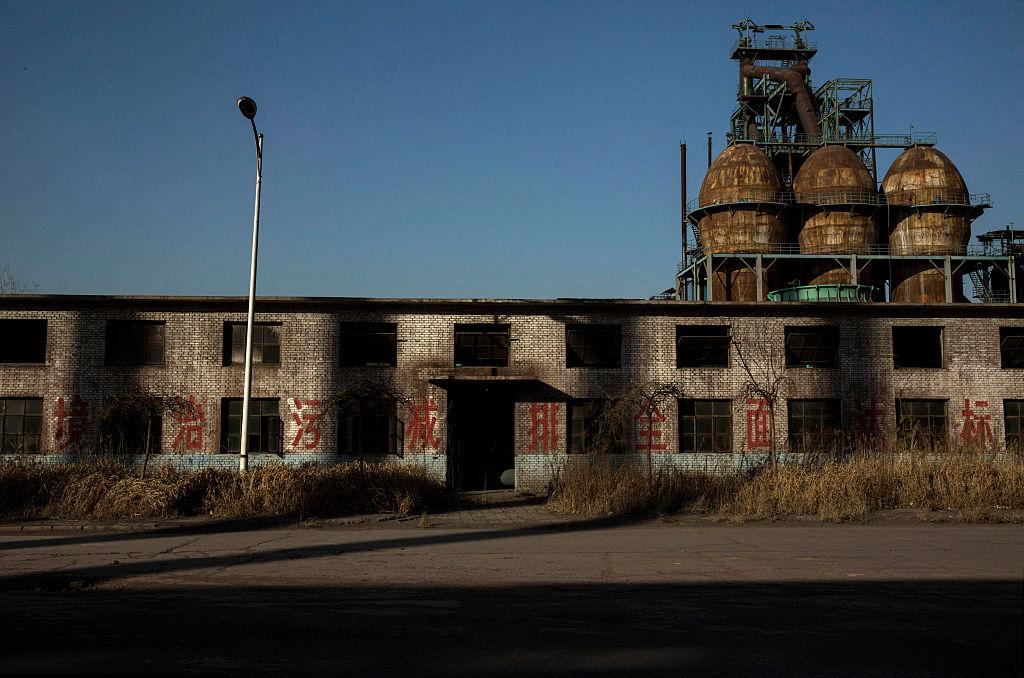Chinese regime leader Xi Jinping wants reform. He wants to reduce overcapacity, corruption, and the reliance on the state to manage the economy.
So far he has made good progress in the anti-corruption campaign but achieved virtually nothing regarding overcapacity. And monetary stimulus is still used to paper over short-term volatility. Closing down inefficient steel, coal, and aluminum producers is important for commodity prices to recover so that economic producers can make money and survive.
“We remain highly skeptical that there is any real underlying change to the way heavy industries are operating and believe that the margin recovery in steel, in particular, is largely due to better demand from stimulus, rather than supply-side reforms,” investment bank Macquarie wrote in a note. The goal of the reform is to close down excess capacity in steel and coal, for example, and make Chinese producers more efficient.





